There are two kinds of writers these days. Some side-eye AI as if it’s just another passing fad. Others, like me, can’t resist testing how far it can actually push creativity. Curiosity got the better of me, so I rolled up my sleeves and decided to find out which tools are truly worth a writer’s time.
I tested the five best AI story generators: ChatGPT, NovelAI, Claude, Sudowrite, and AI Dungeon. Each one has a strong reputation, but they’re very different in how they help you create. I tried them for short stories, character building, world development, and long-form drafts to see their best use cases.
This article is my field report. You’ll get an honest look at features, pricing, and the type of writer each tool serves best. By the end, you’ll have a clear sense of which AI story generator is the right fit for your style of writing.
How i tested them
I didn’t just open each tool once and call it a review. I gave them all a fair shot in different writing situations to see how they handled real creative work. My testing fell into four main buckets.
- Short stories. I wanted to see how quickly each tool could spin up an engaging draft and how original it felt.
- Character building. Strong characters drive stories, so I tested how well these generators helped with personality, backstory, and consistency.
- World development. This is where continuity matters most. Could the AI remember details about places, rules, and lore without me constantly repeating them?
- Longform drafts. Writing chapters or longer pieces pushes AI harder than quick prompts. I tested how smooth the tools felt when building momentum over thousands of words.
Additionally, I considered ease of use, creativity, value for money, and unique features. Some tools are built to feel playful and experimental, while others are structured to help you finish a polished draft. Both approaches matter, depending on your style as a writer.
My 5 Best AI story generators
After testing numerous AI story tools, I’ve picked the five that stood out for creativity, flexibility, and ease of use. These are the ones I regularly turn to when I want help brainstorming, drafting, or expanding stories:
- ChatGPT – A versatile assistant for generating story ideas, dialogue, and drafts.
- NovelAI – Focused on immersive storytelling with control over style and tone.
- Claude – Excellent for structured, long-form narratives and careful reasoning.
- Sudowrite – Aimed at writers needing creative prompts, expansion, and editing support.
- AI Dungeon – Interactive storytelling with dynamic, branching adventures.
In the sections ahead, we’ll explore each AI in detail, covering features, pricing, strengths, and limitations, so you can see which one fits your storytelling style best.
- ChatGPT
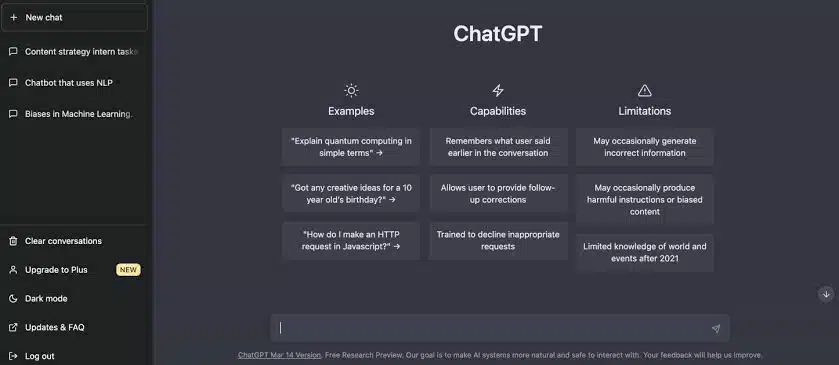
When it comes to AI story generators, ChatGPT is the one most people have heard of. It isn’t just any text generator; it’s a full creative assistant. Unlike tools that are purely built for fiction, ChatGPT works across almost every writing scenario. That flexibility means I can shift between outlining a novel, building dialogue, or even fact-checking story details without ever leaving the platform.
Where it stands out is adaptability. I could start with the roughest idea, something and within minutes ChatGPT would not only sketch a compelling outline, but also offer variations, settings, and even sample dialogues. When I wanted to tighten prose or rewrite paragraphs in a sharper tone, it did that just as well. The versatility makes it a safety net for almost any stage of the writing process.
Key features I found most useful
- Projects and memory: One of the newer additions is the ability to save drafts and let ChatGPT remember what I’m working on. This means if I return days later, it can pick up where we left off, recall my characters, and even maintain consistency in tone. That continuity is a big win for long-form writing.
- Custom GPTs: I experimented with creating a custom GPT trained on a handful of my own drafts. The result was a story coach who understood my style and nudged me back into it whenever my writing drifted. For fiction writers trying to lock down a specific voice, this is a standout feature.
- Context handling: Long stories often trip up AI when they lose track of earlier details. ChatGPT’s stronger context retention (especially with GPT-4 and GPT-5 models) makes it easier to manage arcs and callbacks. It doesn’t always get everything perfect, but it held continuity better than most other tools I tested.
- Versatility beyond fiction: Sometimes, story writing requires research, worldbuilding references, or historical inspiration. Instead of switching apps, I could ask ChatGPT to pull together those facts and immediately weave them into the narrative.
Pricing

- Free plan: Powered by GPT-3.5. Good for experimenting, but limited for serious fiction.
- ChatGPT Plus ($20/month): Unlocks GPT-4, which is where the real storytelling ability shows. I used this tier for most of my tests, and it was worth the subscription for the jump in quality.
- Team and Enterprise plans: Better suited for professional or collaborative projects. Probably overkill for solo writers unless you’re running a writers’ room or producing at scale.
From a value standpoint, the $20 plan easily holds its own. For what it delivers in drafting, rewriting, and worldbuilding, it costs less than a single writing software license like Scrivener.
Best For
I’d recommend ChatGPT for writers who want a generalist tool. If you like bouncing between brainstorming, drafting, and editing or if you need research and storytelling in the same workspace, it’s a great fit. It’s not built exclusively for fiction, but that turns out to be its strength. You don’t feel boxed into a certain style of story.
My experience writing with ChatGPT
The first thing I noticed was how natural it felt to collaborate. I could throw messy, half-formed notes at it, and it came back with polished options that still felt close to my original vision. For example, I drafted a short fantasy scene where a child discovers a mythical bird in a Lagos marketplace. ChatGPT not only wrote vivid descriptions but also suggested ways the bird’s legend could tie into the larger plot. That kind of expansion kept surprising me.
It also did well with dialogues. When I asked for exchanges between two characters with clashing personalities, it produced natural back-and-forths without sounding robotic. I did need to trim and polish the lines, but the foundation was strong enough that it saved me hours.
Where it occasionally stumbled was in pacing. Left unchecked, it sometimes rushed through scenes instead of letting them breathe. I learned that I had to guide it with clear instructions like “slow this moment down” or “add more sensory details.” Once I did, the results were impressive.
Overall, writing with ChatGPT is not perfect, but in terms of flexibility and day-to-day usefulness, it sets the bar high.
- NovelAI

NovelAI is one of the few platforms designed specifically for creative writing. While many AI tools cast a wide net, handling everything from emails to research, NovelAI is unapologetically focused on fiction. From the moment I signed in, it felt less like a chatbot and more like a writer’s workshop. Everything, from the interface to the features, is geared toward helping you tell stories that feel immersive, consistent, and true to your vision.
The biggest difference I noticed between NovelAI and generalist tools like ChatGPT was the literary focus. Instead of waiting for me to prompt every detail, NovelAI actively encouraged me to shape my worlds and characters up front, then pulled those threads into the narrative as I wrote. It felt like it wanted me to commit to a story universe, and once I did, it rewarded me with continuity and depth.
Key Features I Found Most Useful
- Lorebook: This was the standout feature for me. I could create entries for characters, places, and even rules of magic, and NovelAI automatically weaved them into the story when relevant. For example, when I set up a character named “Amaka,” who was a botanist with a fear of rivers, the AI remembered her quirks and incorporated them later without me prompting. That kind of consistency is gold for long projects.
- Text Adventure Mode: Beyond straight prose generation, NovelAI offers a more interactive, almost game-like experience. I could type commands or directions, and the story unfolded in a dynamic way. This was especially fun for experimenting with “what if” scenarios, like exploring how a plot would shift if a character made a radically different choice.
- Multiple Model Options: Unlike tools that give you a single “house style,” NovelAI lets you pick from different AI models. Each has its own strengths in creativity, coherence, and style. This gave me more control over tone and pacing.
- Customizability: Everything about the writing experience felt adjustable, from the length of outputs to how heavily the AI leaned on my inputs. It never felt like I was locked into one way of generating.
Pricing

NovelAI works on a subscription model with different tiers based on context length and power.
- Tablet ($10/month). Basic features, lower context length. Good for experimenting.
- Scroll ($15/month). Increased memory and features.
- Opus ($25/month). The top tier, which I tested. This unlocks the largest context window and the most powerful model, making it the best choice for serious novel writing.
Compared to the flat $20/month of ChatGPT Plus, NovelAI’s pricing scales with how much story you want to handle. For writers committed to longform fiction, the $25 plan is the sweet spot.
Best For
NovelAI is best for writers who want deep story continuity. If you’re building a world with dozens of characters, layered settings, or a sprawling plotline, it will serve you better than most general AI tools. I’d also recommend it to fantasy and sci-fi writers who rely on complex lore, because the Lorebook feature practically feels like an inbuilt story bible.
My experience writing with novel AI
When I first tested it, I set up a small world around a post-apocalyptic African city where art was outlawed. After adding a few Lorebook entries on my main characters and the city’s rules, I let NovelAI take the wheel. What impressed me was how naturally it pulled those details back into the story without losing track. A side character I introduced in passing returned chapters later with consistency that felt intentional, not accidental.
The prose style leaned more novelistic than conversational. It didn’t waste words and often produced imagery that felt richer than other tools. For instance, when I asked for a description of a crumbling mural, it generated something both vivid and symbolic, without me needing to spell out every detail.
I also experimented with Text Adventure Mode, and this was where NovelAI felt the most playful. I could nudge the story in unexpected directions, “what if my protagonist betrays their ally?” and the AI rolled with it without breaking character or tone. That sense of freedom made it less of a drafting machine and more of a sandbox for exploring ideas.
The main challenge was that NovelAI sometimes required more setup to really work. If I didn’t take the time to feed it clear lore or strong character notes, the results leaned generic. Once I invested in those early steps, though, it delivered some of the most consistent fiction I’ve seen from an AI.
Claude
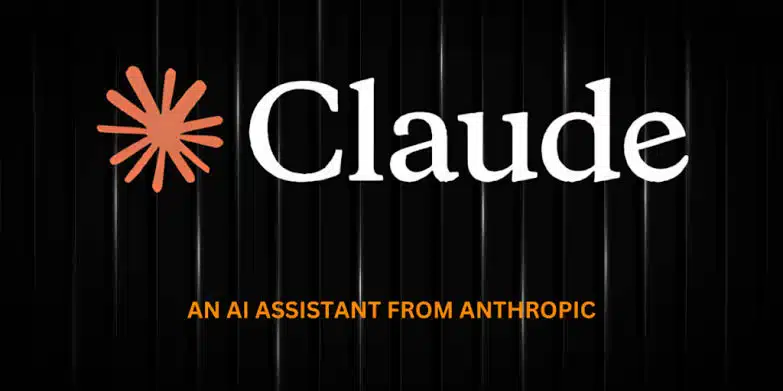
Claude is the calmest writer in my toolkit. Where some models gush, Claude tends to structure. It’s built to follow instructions closely, keep a clean tone, and stay consistent across long arcs. Two things stood out in testing. First, the context window is massive, which keeps characters and subplots from slipping through the cracks.
Second, the workflow features, Projects and Artifacts, make it easier to wrangle story bibles, scene cards, and revisions without juggling extra apps. Anthropic’s newer Claude 4 family (Sonnet 4 and Opus 4) tightened the screws on reasoning and long-horizon work, so it feels comfortable drafting chapters or revising an outline end-to-end.
Key features I leaned on
- Huge context for continuity: Claude handled sprawling drafts and notes in one go. Sonnet 4 now supports extremely large prompts via the API, which cuts down on the “remind me what happened in Act I” problem. In practice, I could stuff my outline, character sheets, and chapter WIP into one session and ask for targeted line edits without losing threads.
- Projects for organization: I set up a Project per story: uploaded references, pinned my outline, and kept iterative chats together. It felt like a lightweight writers’ room where the model could draw from the same pool of materials every time.
- Artifacts for working drafts: Artifacts gave me a dedicated pane for living documents, beat sheets, character dossiers, and style guides. I could open an Artifact, tweak it, and keep generating against it without burying myself in the chat scroll. Great for world bibles and recurring checklists.
- Memory across sessions: Claude recently added a way to recall past conversations on demand. For serial projects, that meant I could reference earlier chats and keep momentum instead of re-explaining my universe each time.
- Polished, cautious prose: The default voice is measured and clear. When I asked for moodier or lyrical writing, it followed, but it rarely veered into purple prose unless I pushed it.
Pricing

For individuals, Pro sits in the same bracket as its peers. Pro is listed at $17 per month with annual billing or $20 month-to-month. There’s a Max plan for heavier usage, plus Team and Enterprise tiers if you’re collaborating. If you’re primarily drafting fiction, Pro is enough; if you’re uploading large research packets and running big sessions daily, Max earns its keep.
What Claude is best for
- Longform with many moving parts. The big context window makes it easier to maintain continuity across subplots, time jumps, and ensemble casts.
- Structural passes. Claude excels at outlines, scene ordering, and tightening arcs without flattening voice.
- Clean copy and line edits. When I asked for “tight, vivid, zero fluff,” it trimmed without sandblasting the style.
- World-bible workflows. Projects + Artifacts are tailor-made for lore, timelines, and character sheets that evolve as the draft grows.
Where it can stumble
- Conservative by default: Safety-conscious training means it sometimes errs on the side of caution with darker themes or morally gray beats. A firmer directive usually fixes it, but it’s part of the vibe.
- No built-in image generation: If your process depends on concept art from the same tool, you’ll need a second app.
- Throughput limits: On consumer plans you’ll still hit usage ceilings during heavy drafting days; the Team/Max tiers help, but that’s added cost.
How I worked with it
For a novella test, I created a Project and dropped in: a 12-beat outline, a two-page style sheet (voice, pacing, sensory rules), and short bios for eight characters. I opened an Artifact called “Story Bible” and asked Claude to maintain it, every time a new detail emerged, I had it update the Artifact, then verify continuity against it before drafting the next chapter. That loop kept echo errors down. When Act II started to bloat, I asked for a compression pass: “merge these scenes, keep the quiet tension, preserve foreshadowing references to the ferryman.” The rewrite respected breadcrumbs I’d laid 60 pages earlier.
I also tried a maximalist prompt including outline, research clippings, and three chapters, bundled into one request, then asked for targeted edits on dialogue beats and blocking. The advantage was obvious: fewer “what did we decide about X?” moments, and fewer copy-paste gymnastics between tools. The giant context window did the heavy lifting.
Claude earns a spot when I’m juggling complexity. It’s steady on structure, respectful of voice, and unusually good at carrying context across long spans. If you want a co-writer that won’t lose the plot halfway through, this is one of the safest picks. For solo authors, Pro covers most needs. If you’re building out a series bible or working with big research packets, Projects and Artifacts tip the scales, especially now that the model can digest truly large inputs.
Sudowrite
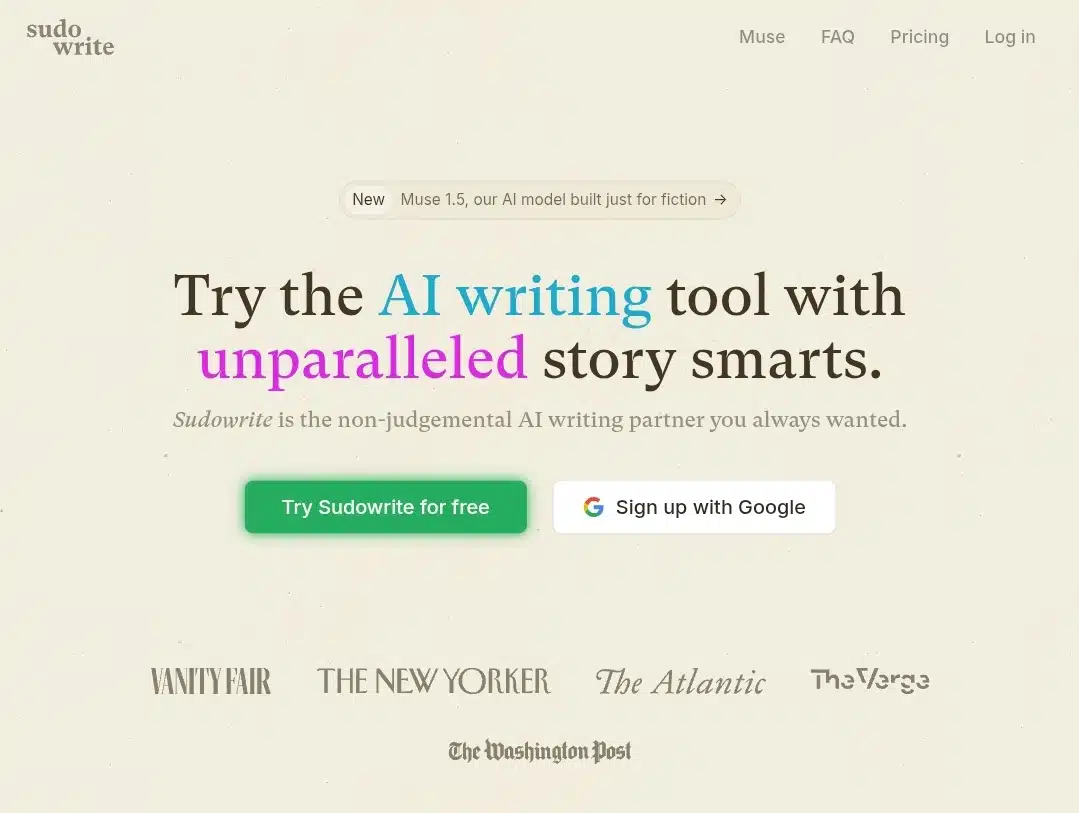
Sudowrite feels like the most “writerly” of the AI story generators I tested. Instead of trying to be a general-purpose chatbot or productivity tool, it’s unapologetically built for fiction writers, especially novelists. The interface is stripped down but elegant, and every feature seems aimed at nudging you past blocks, adding texture, or helping you expand drafts into something richer. Where ChatGPT and Claude lean on versatility and structure, Sudowrite leans on creativity and momentum.
Key features i found most useful
- Describe and Expand: This was the tool I reached for when my prose felt flat. I could highlight a line like “The forest was dark,” and Sudowrite would spin out a vivid paragraph filled with sensory details like shadows moving between trees, the crunch of leaves, the hint of damp earth. It’s basically a “show, don’t tell” button.
- Rewrite Options: Sudowrite offers multiple rewrites in different styles (more concise, more descriptive, more emotional). This kept me from getting stuck in one rhythm and often sparked new directions.
- Brainstorm and Character Generators: When I wanted a burst of ideas like plot twists, character quirks, or “what happens next?”, it tossed me creative sparks without forcing me into one track.
- Canvas Mode: A newer feature where you can map out characters, scenes, and ideas visually. It felt like mixing a story bible with a brainstorming wall.
Pricing
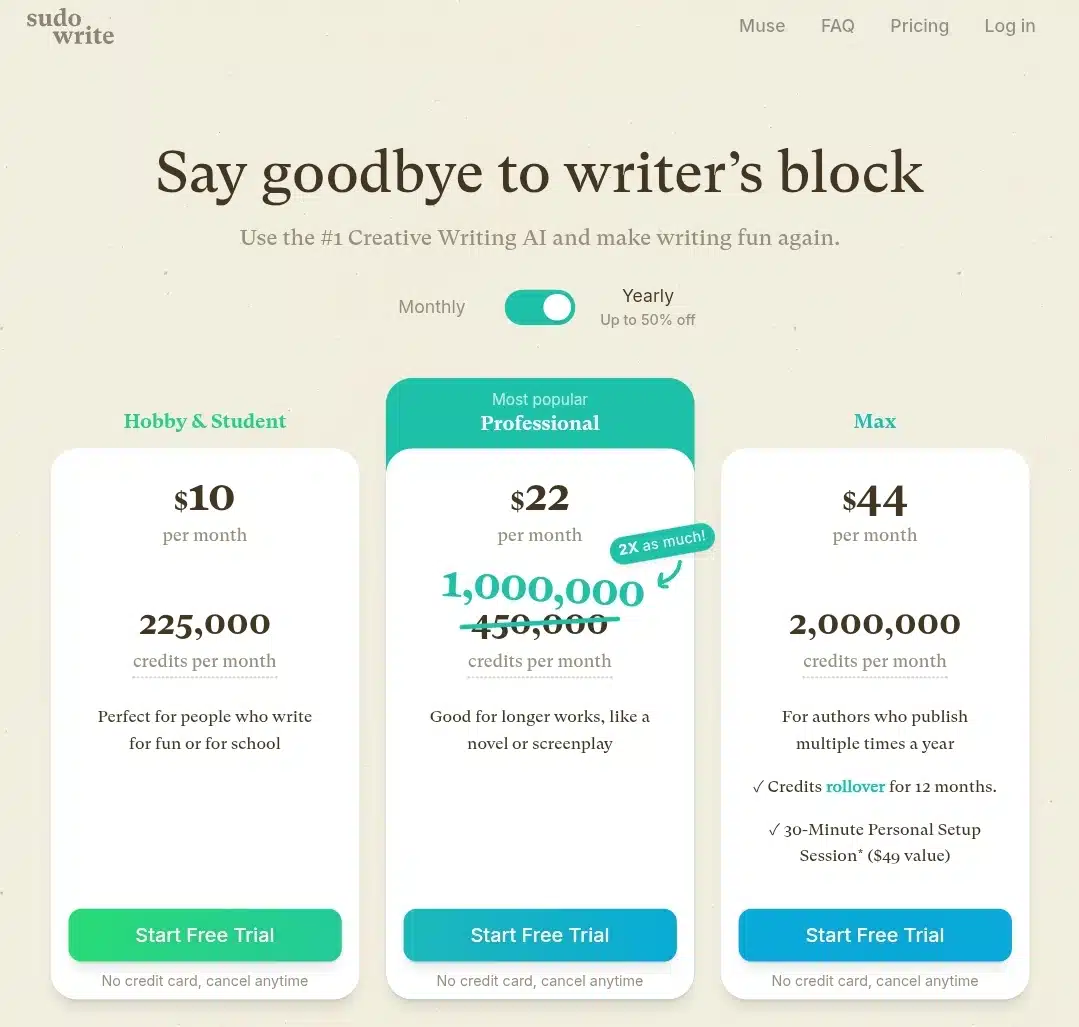
Sudowrite works on a credit-based subscription system:
- Hobby & Student ($10/month): Limited generations, enough for light use.
- Professional ($22/month): The tier I tested—generous credits, good for ongoing drafts.
- Max ($44/month): Higher credit ceiling for heavy daily use.
It’s slightly pricier than ChatGPT’s Plus plan if you’re aiming for serious drafting, but the fiction-specific features make up for it.
Best For
Sudowrite works for writers who already have words on the page but need help making them stronger, more vivid, or more dynamic. It’s less about planning a giant world in advance (like NovelAI or Claude) and more about turning rough drafts into polished prose. If you’re prone to writer’s block or you often stall at “this feels flat,” Sudowrite is like having an always-available writing workshop partner.
My Experience Writing With Sudowrite
I tested Sudowrite on a stuck chapter of a contemporary romance draft. The dialogue was clunky, and the scene felt like filler. I used the “Rewrite” function, and within minutes, I had four variations. One more emotional, one funnier, one crisper, and one more descriptive. I didn’t copy the whole draft, but blending pieces gave me momentum again.
The Describe tool was another lifesaver. I wrote a bare-bones scene of two characters walking along a beach at night. Highlighting a sentence and hitting “Describe” gave me atmospheric details I wouldn’t have thought of at the moment: salt in the air, the pull of the tide, faint laughter carried from a distant bonfire. Those details grounded the mood without me grinding to a halt.
That said, Sudowrite sometimes makes suggestions that lean a bit purple-prose or cliché, and I had to trim them back. It also isn’t the best for keeping continuity across very long arcs. That’s where tools like NovelAI or Claude still lead. But for the act of writing itself, line by line and scene by scene, it was one of the most satisfying too
AI Dungeon
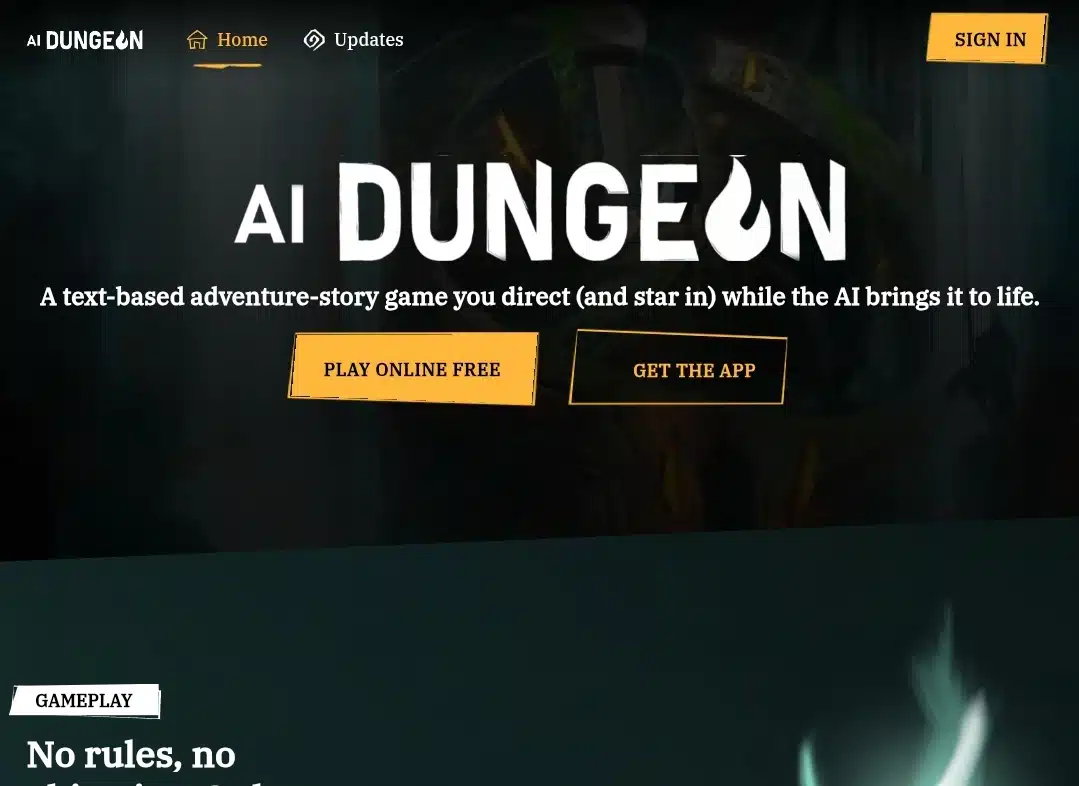
AI Dungeon is the wild card of the group. While most story generators are built to help you polish novels or structure long-form drafts, AI Dungeon leans hard into play. It started as a text adventure game powered by GPT, and that DNA is still clear. It’s all about interactive, choose-your-own-adventure storytelling. Instead of carefully building chapters, you dive straight into scenarios where anything can happen, and the AI adapts on the fly.
Key Features I Found Most Useful
- Infinite Adventures: You can start with preset genres like fantasy, mystery, cyberpunk, or type your own scenario from scratch. The AI then runs with it, reacting to your decisions in real time.
- Multiplayer Mode: You can invite friends to join the same story session. Everyone inputs actions, and the AI weaves them into one evolving narrative.
- Worlds and Scenarios: Beyond one-off adventures, you can build persistent worlds with recurring characters, rules, and settings. It’s less structured than NovelAI’s Lorebook but lets you anchor a consistent sandbox.
- Mobile and Web Access: The platform runs on both, making it feel more like a casual game you can dip into anywhere.
Pricing

AI Dungeon has a freemium model:
- Free plan: Limited to the smaller models, but enough to test the style of play.
- Adventurer ($9.99/month): Unlocks better quality text and fewer restrictions.
- Champion ($14.99/month) and Legend ($29.99/month): Access to the most powerful models, more memory, and premium features like larger worlds.
It’s one of the more affordable ways to experiment with AI storytelling, especially if you’re in it for fun rather than professional drafting.
Best For
AI Dungeon is ideal if you want story generation to feel like a game. It works well for writers who enjoy improvisation or for players who want collaborative roleplay experiences. If your goal is to test creative “what if” branches, build quirky adventures with friends, or just relax into interactive storytelling, this tool fits the bill.
My Experience Writing With AI Dungeon
I tested it by starting a cyberpunk heist in Lagos. Within minutes, the AI set up a gritty neon cityscape and dropped me into a mission with a crew of misfits. Every action I typed like sneak past the drones, bribe the informant, betray the hacker, was folded back into the story. The unpredictability was part of the fun; I never knew if the AI would escalate tension, add a twist, or throw me into chaos.
The multiplayer option was even better. I roped in a friend, and together we spun a fantasy quest where our characters constantly sabotaged each other. The AI managed to keep pace, stitching our clashing choices into something coherent.
Of course, this freedom comes with trade-offs. AI Dungeon isn’t great at pacing or polished prose; it thrives on spontaneity, not careful editing. Sometimes the logic wobbles or plot threads contradict, but if you treat it like an improv partner rather than a meticulous co-writer, the experience is a blast.
Best AI story generators at a glance
| Tool | Standout features | Downsides | Pricing | Best For |
| ChatGPT | Custom GPTs, memory, context handling, research + drafting in one space | Can rush pacing, needs guidance for scene depth | Free (GPT-3.5), Plus $20/month, higher team tiers | Versatility across fiction and non-fiction |
| NovelAI | Lorebook, Text Adventure Mode, multiple AI models | Requires setup for best results, less flexible outside fiction | $10–$25/month tiers | Writers building complex worlds & longform fiction |
| Claude | Huge context window, Projects, Artifacts, strong continuity | More cautious with dark themes, no built-in visuals | Pro $17–20/month, Max & Team tiers | Structured longform projects with many moving parts |
| Sudowrite | Rewrite options, Describe/Expand, brainstorming, Canvas Mode | Continuity weaker than others, can lean into clichés | $10–$44/month depending on credits | Draft polishing & overcoming writer’s block |
| AI Dungeon | Infinite adventures, multiplayer mode, world-building sandbox | Prose less polished, pacing can be chaotic | Free plan, $9.99–$29.99/month | Interactive storytelling & collaborative play |
Wrapping up
Each of these AI story generators brings something different to the table. ChatGPT is the all-rounder that flexes between brainstorming and drafting. NovelAI caters to world-builders who need continuity and depth. Claude feels like the steady hand for structure and longform projects. Sudowrite pushes your prose further with descriptive and rewriting tools. And AI Dungeon? It’s the wild, unpredictable playground for interactive storytelling.
The right choice really depends on how you like to write. If you want polished drafts, go with Claude or Sudowrite. If you’re exploring big universes, NovelAI is hard to beat. For flexibility, ChatGPT still sets the standard. And if you just want to play with stories like they’re living games, AI Dungeon is pure fun.
AI can’t replace the spark that makes your writing yours, but it can help carry the load, whether that’s breaking through blocks, keeping track of sprawling arcs, or just reminding you why storytelling is meant to be enjoyed.
What about you? Have you tried any of these tools, or do you have a different favorite? Drop your experience in the comments. I’d love to see how other writers are using them.
You may also like :
| Perplexity AI review | chatGPT vs Perplexity AI: 10 use cases |
| Claude AI Review | Meta AI vs ChatGPT |
| Bing AI vs ChatGPT | Deepseek AI review |









